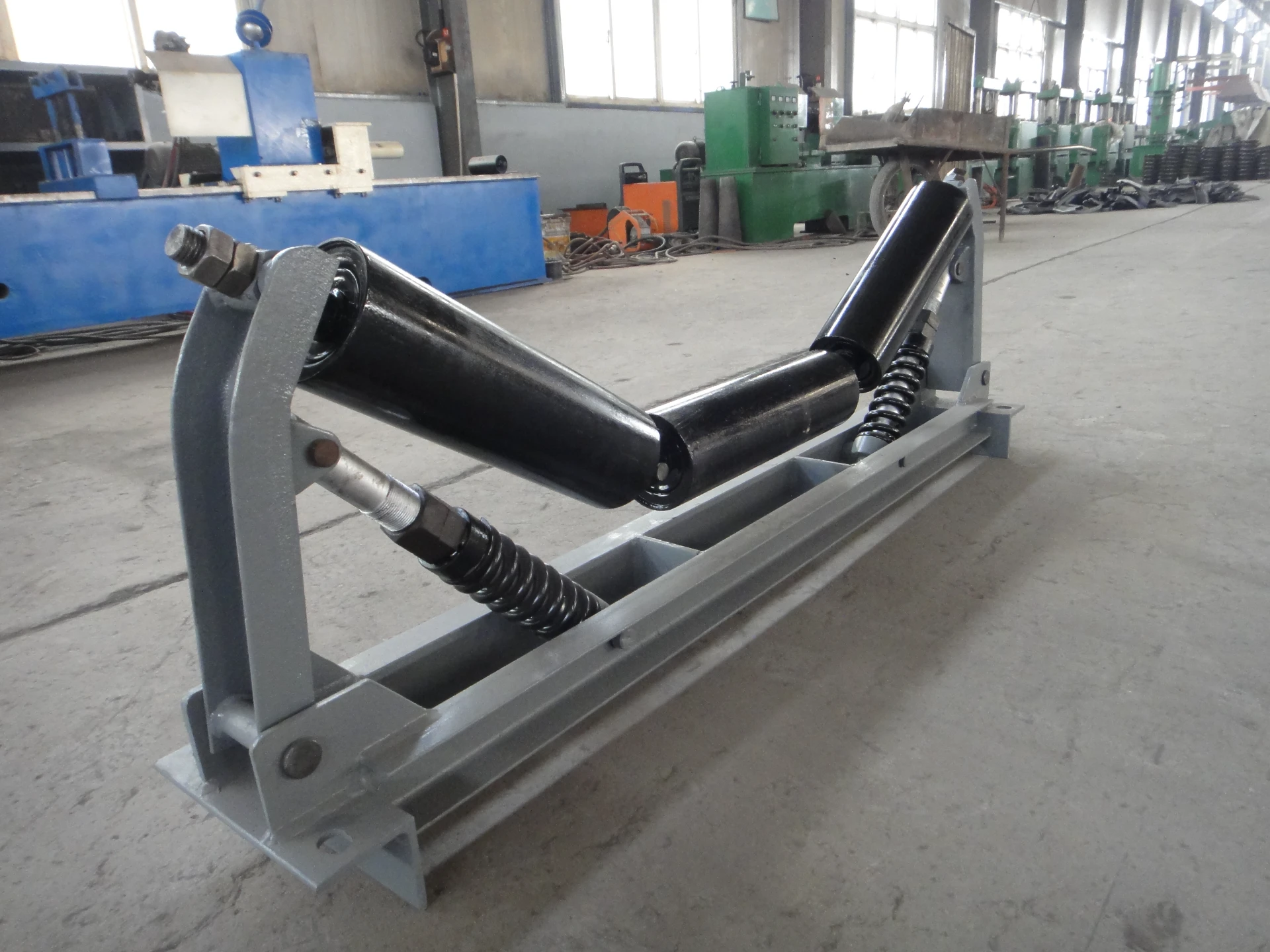Optimizing Return Idler Roller Performance for Enhanced Conveyor Efficiency
The Importance of Return Idler Rollers in Conveyor Systems
Conveyor systems are an essential component in various industries, such as manufacturing, mining, and logistics. They facilitate the efficient movement of materials from one point to another, significantly enhancing productivity and reducing labor costs. Among the many components that make up a conveyor system, return idler rollers play a crucial role in ensuring smooth and efficient operation. This article explores the function, importance, and maintenance of return idler rollers in conveyor systems.
Understanding Return Idler Rollers
Return idler rollers are positioned along the return section of a conveyor belt. Their primary function is to support the return belt as it travels back to the loading area after discharging its cargo. These rollers help maintain the proper alignment of the belt and prevent sagging, which can lead to excessive wear and potential breakdown of the conveyor system.
In addition to supporting the belt, return idler rollers also help maintain the necessary tension within the conveyor system. Proper tension is vital for efficient operation, as it reduces the risk of slippage and ensures that the materials being transported travel smoothly along the belt. Return idler rollers are designed to handle heavy loads and are built from durable materials that withstand the harsh conditions often found in industrial environments.
Importance of Return Idler Rollers
The significance of return idler rollers cannot be overstated. First and foremost, they contribute to the overall efficiency of the conveyor system. By maintaining proper belt alignment and tension, return idler rollers ensure that materials are transported without interruption. This aspect is particularly crucial in high-volume operations where any disruption can lead to significant delays and financial losses.
return idler roller

Moreover, return idler rollers play a protective role in extending the lifespan of the conveyor belt itself. A well-aligned belt experiences less wear and tear, resulting in reduced maintenance costs and downtime. By preventing misalignment and sagging, return idler rollers also help protect the conveyor’s other components, minimizing the risk of mechanical failure.
Return idler rollers also enhance safety in the workplace. A properly functioning conveyor system reduces the likelihood of accidents caused by belt misalignment or slippage. This, in turn, protects the workforce and maintains a safe working environment.
Maintenance of Return Idler Rollers
To keep return idler rollers functioning optimally, regular maintenance is essential. This includes inspecting the rollers for wear and tear, checking for proper lubrication, and replacing any damaged components promptly. A thorough maintenance schedule can prevent small issues from escalating into significant problems that could lead to costly repairs or replacements.
Additionally, operators should monitor the alignment of the conveyor belt and the condition of the return idler rollers during routine inspections. Early detection of misalignment can prevent unnecessary stress on the rollers and other components, promoting longer service life and more reliable operation.
Conclusion
In summary, return idler rollers are vital components of conveyor systems, contributing to efficiency, safety, and the overall longevity of the equipment. Proper maintenance and timely inspections can ensure that these rollers continue to perform at their best, minimizing downtime and maximizing productivity. As industries rely increasingly on automated systems, understanding the role and importance of return idler rollers is crucial for optimizing conveyor performance and achieving operational success.
-
Impact Roller for Belt Conveyor – Durable Solutions for IndustryNewsNov.24,2025
-
Rubber Conveyor Rollers – Quiet, Durable, Sealed BearingsNewsNov.24,2025
-
Industrial Conveyor Belt Rollers: Durable Solutions for Harsh EnvironmentsNewsNov.24,2025
-
Idler Rollers for Belt Conveyors | Durable, Low-Noise OEMNewsNov.24,2025
-
Durable Rubber Conveyor Belt Rollers for Industrial UseNewsNov.24,2025
-
Ceramic Lagging Conveyor Pulley – Anti-Slip, Wear-ResistantNewsNov.17,2025






























